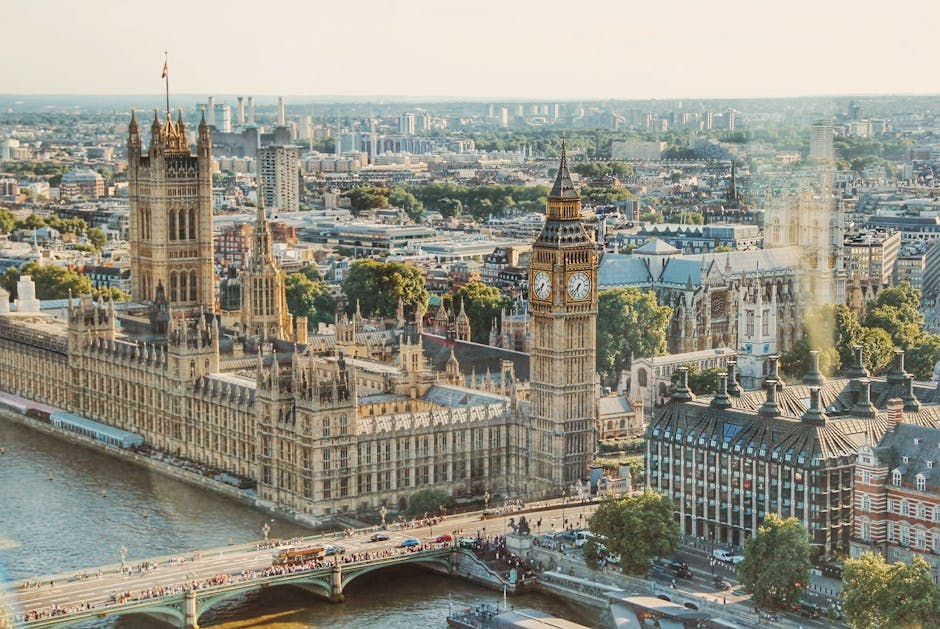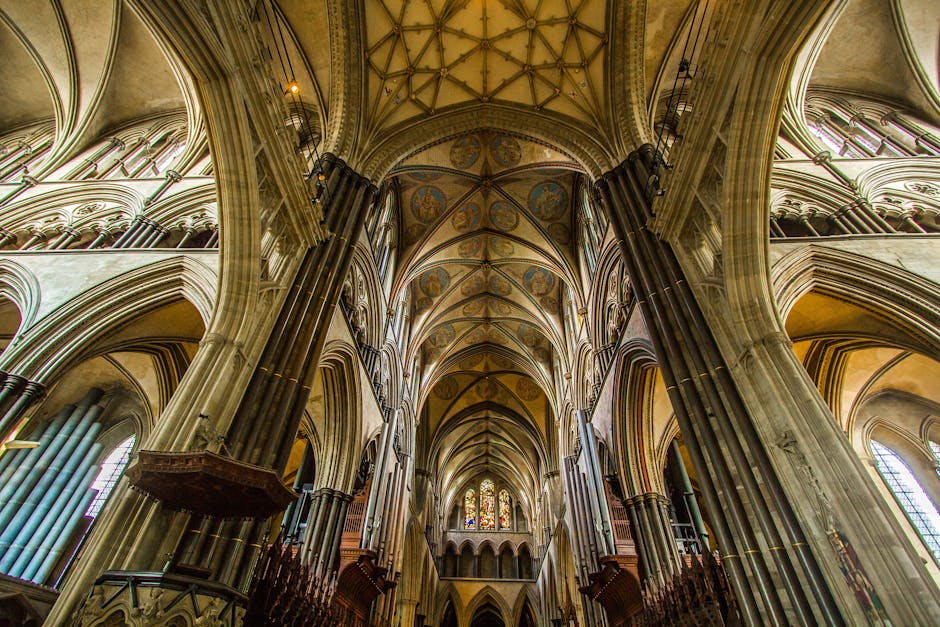Heritage is a huge part of the British cultural identity. Stories from our past tie us to the things that are important in our lives today and remind us of all that we’re capable of. When you’re travelling the UK, spending some time exploring our cultural heritage is one of the most rewarding ways to spend your time.
And if heritage is something that interests you, there a few locations more fascinating to visit than Salisbury Cathedral. Whilst cathedrals around the country all have a long history, Salisbury is one of the most storied, as well as one of the most beautiful. As home to one of only four existing copies of Magna Carta, Salisbury Cathedral is tied to the history of the nation and reveals a great deal about where we come from.
Let’s explore some of the fascinating stories of Salisbury Cathedral. We hope it makes you want to visit. Visiting Salisbury Cathedral

Founded on a legend
Salisbury Cathedral was founded in 1220 as a response to deteriorating relationships between the clergy and the military. Legend has it that the then Bishop of Old Sarum, having become disillusioned with the garrison in the town, decided he would move the seat of his influence by building a new cathedral. He took up a bow and pledged to found his church wherever the arrow fell, before firing it out of the window. Unbeknown to him, the arrow struck the side of a deer and was carried several miles through the countryside before coming to lie on the site of today’s Cathedral.
Laying the foundations
The foundation stone of the Cathedral was laid by 3rd Countess Ela of Salisbury, who was a remarkable woman with a fascinating story of her own. The countess was abducted by her uncle when she was very young and taken to a castle in Normandy. The story goes that she was eventually rescued by a Knight Errant by the name of Talbot, who sang her favourite song under the windows of every castle in Normandy before eventually finding her. She eventually married an illegitimate son of King Henry II who was poisoned after returning from war in France. Due to the new rights given to women in the Magna Carta, Ela was not forced to remarry and would go on to become the High Sheriff of Wiltshire and the Abbess of Lacock Abbey.

The Magna Carta
Take the time to visit Salisbury Cathedral and you’ll be able to see one of the remaining copies of Magna Carta – one of the world’s most important documents. Signed by King John of England, Magna Carta was a list of provisions that restricted the powers of the King and gave fundamental rights to the peoples of the UK. In effect, it amounted to the world’s first human rights agreement, promising protection from illegal imprisonment and certain religious rights to landowners. It also stipulated that women could not be forced to remarry after the death of a husband, allowing them to keep their titles and land. The Magna Carta would set a precedent of rebellion against the monarchy that would eventually culminate in the founding of the British parliament.
Salisbury Cathedral is just a stone’s throw away from Stonehenge so you’ll be able to visit these two fascinating locations in one day. If you’re looking for a simple, hassle-free way to see Stonehenge then make sure you check out our world-famous tours.






